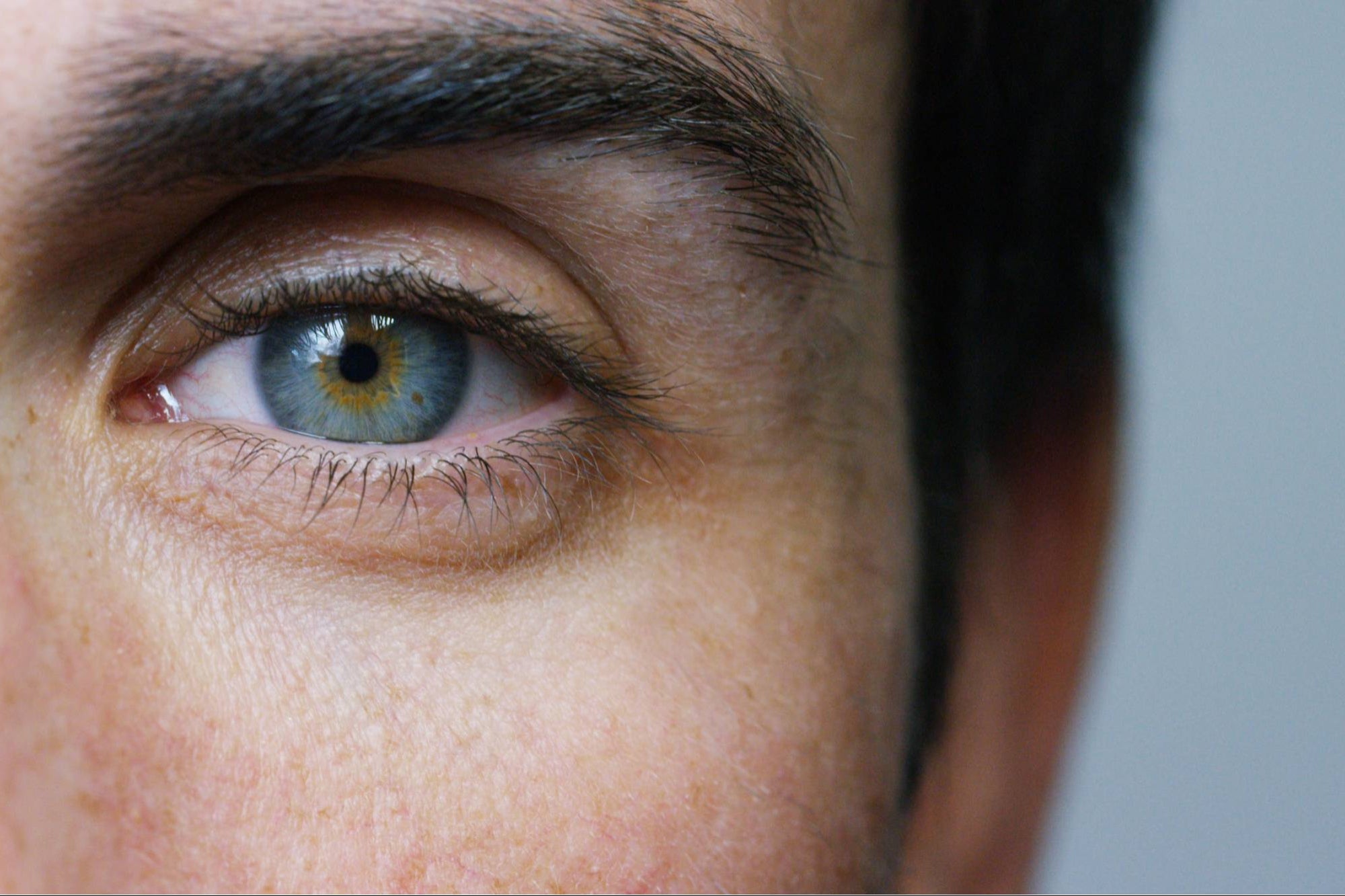Cataract – An Eye Condition We Will All Develop At Some Point In Our Lives. Should You Be Worried? On the occasion of the global World Sight Day that takes place in October every year and focuses on the global attention of blindness and vision impairment, here is everything you need to know about cataracts.
You're reading Entrepreneur Middle East, an international franchise of Entrepreneur Media.

In occasion of the global World Sight Day that takes place in October every year and focuses on the global attention of blindness and vision impairment, here is everything you need to know about Cataract.
A quick overview of how our eye functions for us to be able to see things
As we all know, we need light to be able to see or view an image. This is why when we're in a dark room, we are unable to see anything. When light enters the eye, it first comes in contact with the cornea. And like we learned in Physics class back in school, when light touches a surface, it bends. So, the light rays that touch the first contact point of the eye (i.e., the cornea) bend narrowing down the light rays. The second contact point the bent light rays touch is the human lens, after which the light rays travel all the way to the back of the eye, and hits the retina. Only when the light rays touch the retina, an image is formed.

So now that we've briefly familiarized ourselves with how our eye functions to see objects, let's take a look at Cataract.
What is Cataract?
Cataract is a painless clouding of the human lens of the eye. This is usually a natural part of the aging process. The lens becomes opaque over time, hence affecting the amount of light that enters the eye. If the lens is cloudy from a cataract, the image you will see will be blurred1.

What are the symptoms of Cataracts?
- Clouded, blurred or dim vision
- Increasing difficulty with vision at night
- Sensitivity to light and glare
- Need for brighter light for reading and other activities
- Seeing "halos" around lights
- Frequent changes in eyeglass or contact lens prescriptions
- Fading or yellowing of colors
- Double vision in a single eye
What are the causes for Cataracts?
- Most cataracts develop when aging or injury changes the tissue that makes up your eye's lens.
- Some inherited genetic disorders that cause other health problems can increase your risk of cataracts.
- Cataracts can also be cause by other eye conditions, past eye surgery or medical conditions such as diabetes.
- Long-term use of steroid medications, too, can cause Cataract to develop.
Cataract patient profile2

Should you be worried?
The straight answer is no. There is available technology that can give you the opportunity to correct your cataract in just one surgical procedure. This procedure is very common and has been conducted for over 100 years. That means whether it's you who is a cataract patient or a family member, you can restore, improve the quality of your vision and even reduce your dependency on glasses for distant vison with this cataract surgical procedure.
How can Cataract be treated?
Although it may sound complicated, it is not. Through Cataract surgery, an eye surgeon will remove the cataract lens and implant an intraocular lens (IOL) that mimics the human lens of the eye. Depending on whether you need additional vision corrections to be made to fix astigmatism or your near/intermediate/distance vision, the eye surgeon will choose an IOL that suits your needs. On the other hand, if you don't need any additional vision correction, the eye surgeon will choose a monofocal IOL that has no additional corrective power and is simply a replacement of your human lens.
The advanced type of IOLs (Trifocals and Trifocal Toric IOLs)
Trifocal or Multifocal IOLs correct three types of vision: close-up, intermediate, and distance.
You may be more familiar with correction for distances far away and near, but you likely use your intermediate vision quite often. When you look at an object that's a few feet away, like a computer screen, you're using intermediate vision.
Correcting all three types of vision may be necessary depending on your vision correction and hence, implanting a trifocal or multifocal lens can provide you with spectacle freedom post cataract surgery. You will be able to switch effortlessly between all three distances – near (reading) distance, long distance and the in between distances.
This is a procedure that is normal and has been on-going for over 100 years. How long does the surgery take? And, is it safe?
The total process, from the time a patient enters the clinic to when he or she leaves, is about two and a half hours. The procedure itself typically takes less than 20 minutes. Cataract surgery is very common and is generally a safe procedure.
Get back to doing the things you love
Get your eyes checked every 6 months and ask your doctor for more information about Cataract for yourself, your parents or your older family members.
1. Facts about Cataract. Available at: https://www.nei.nih.gov/health/cataract/cataract_facts. Accessed 05/06/2019.
2. Desai P, Reidy A, Minassian DC. Profile of patients presenting for cataract surgery inthe UK: national data collection. Br J Ophthalmol 1999;83:893-896.
© 2020 Alcon 09/20 ME13-SG-2000030
